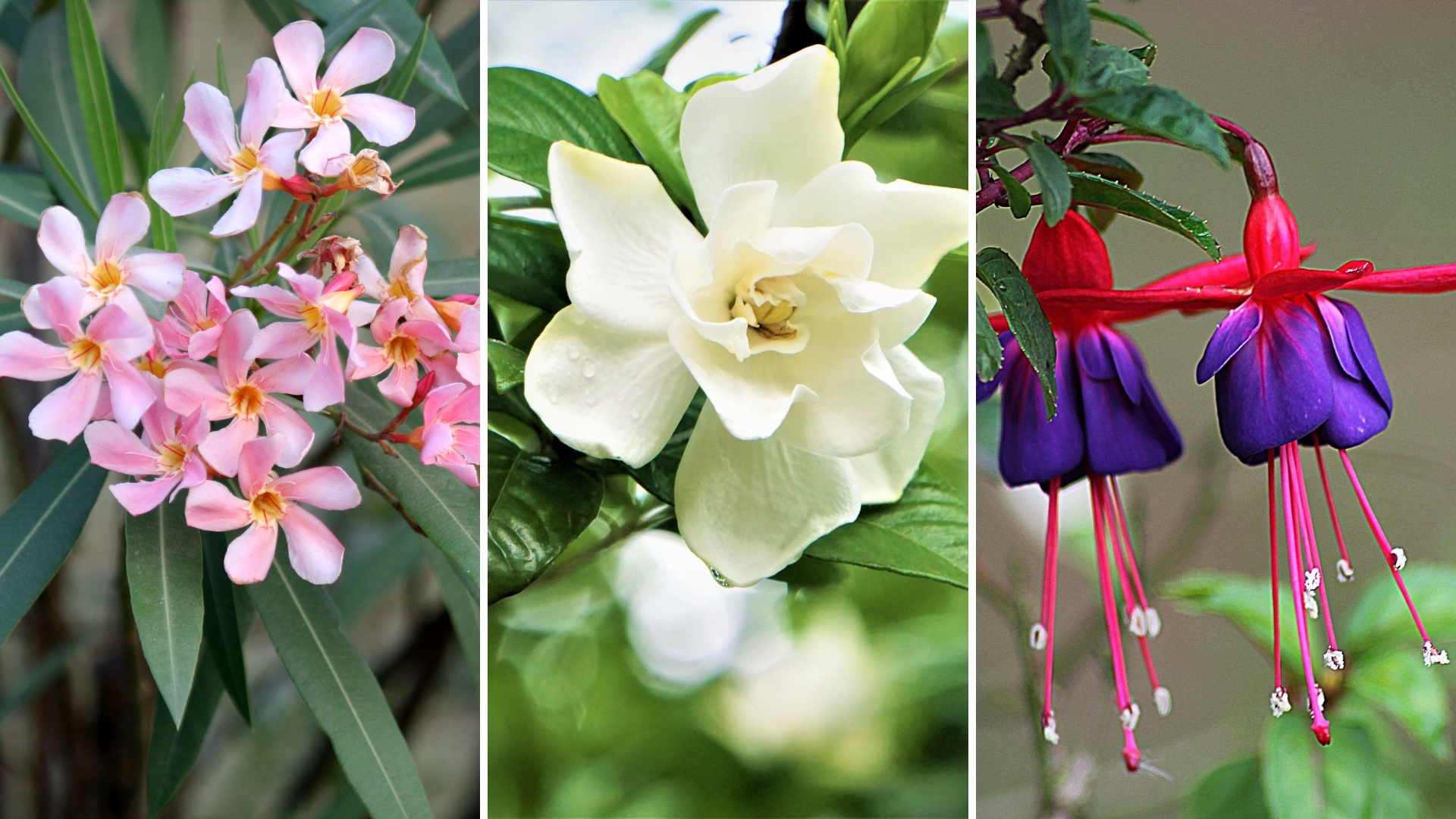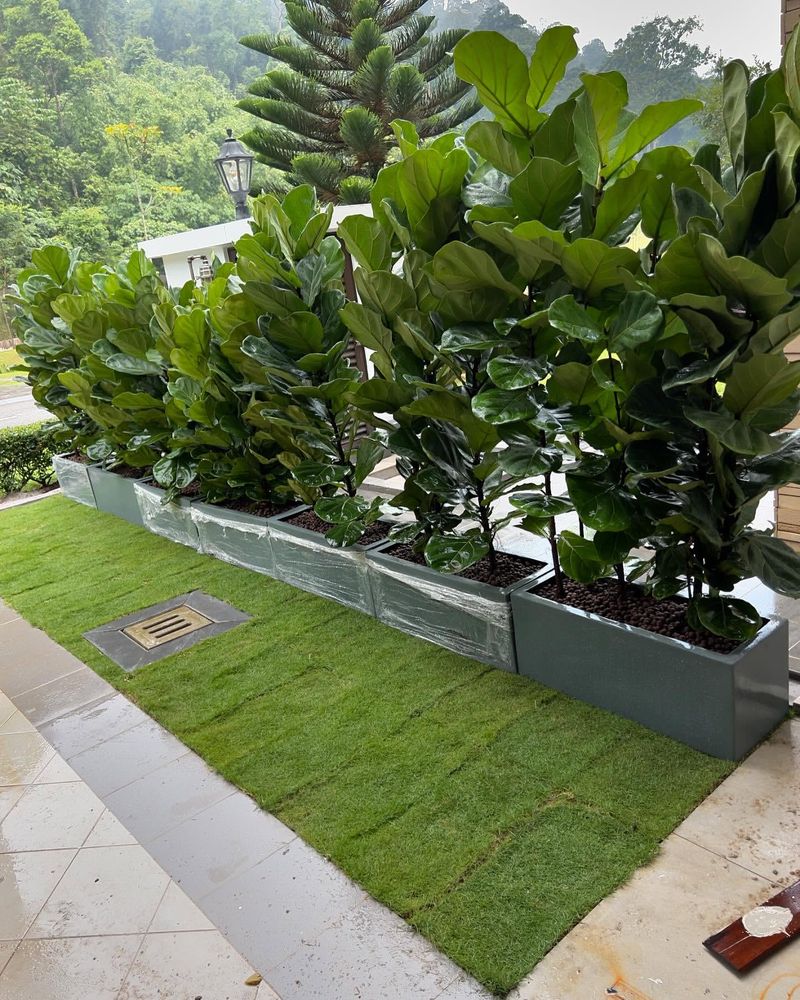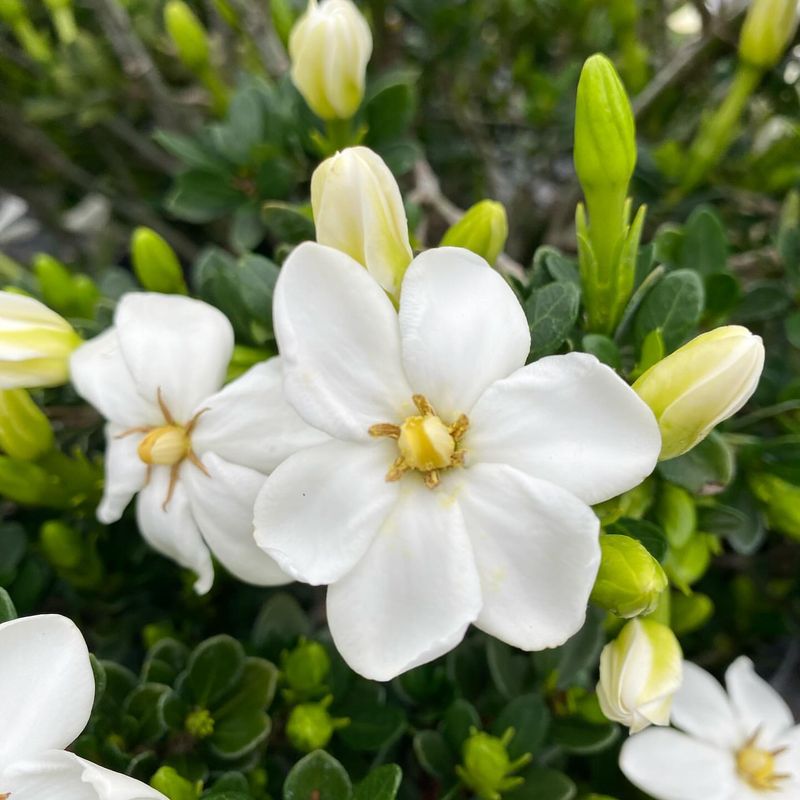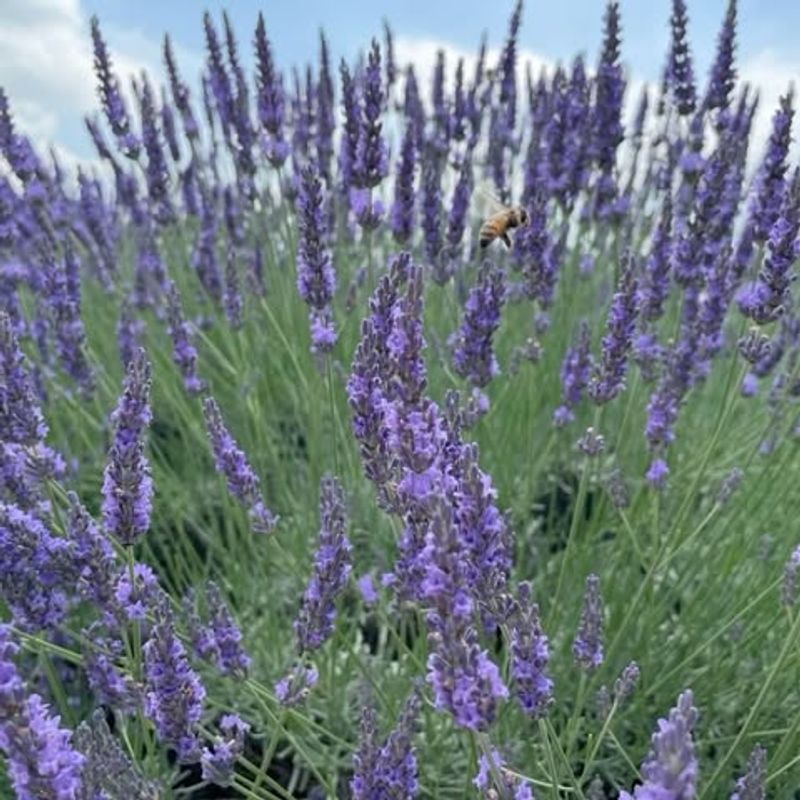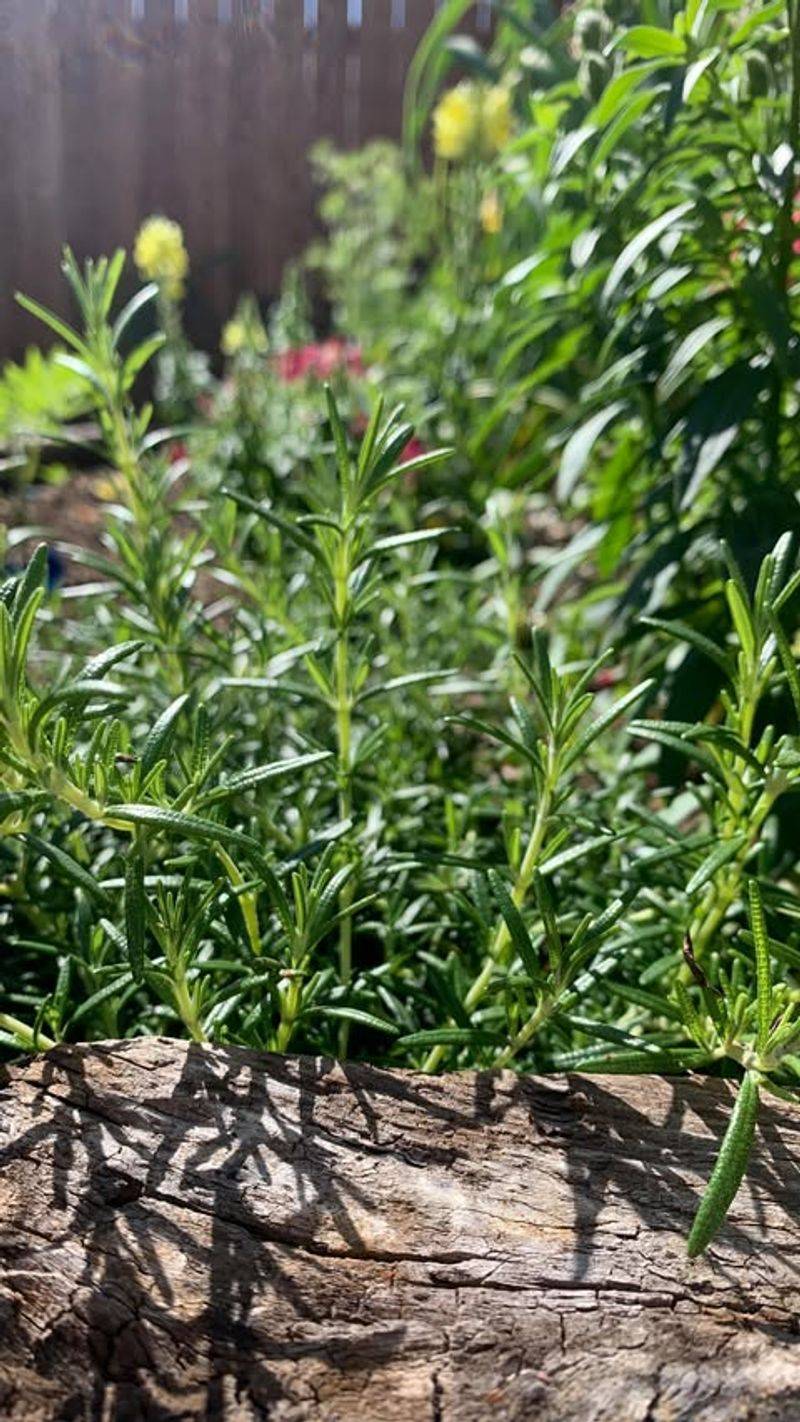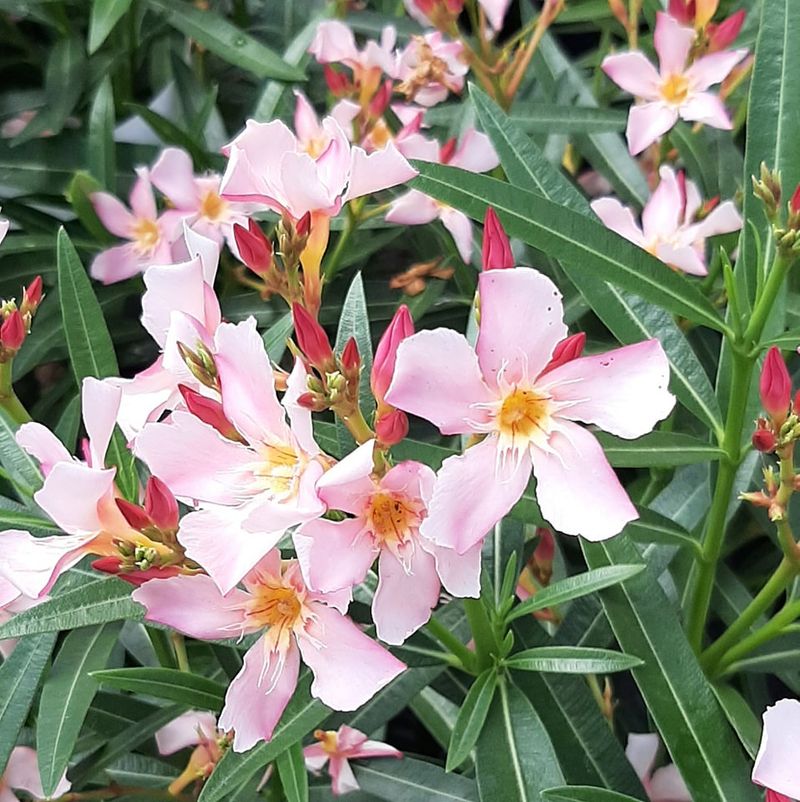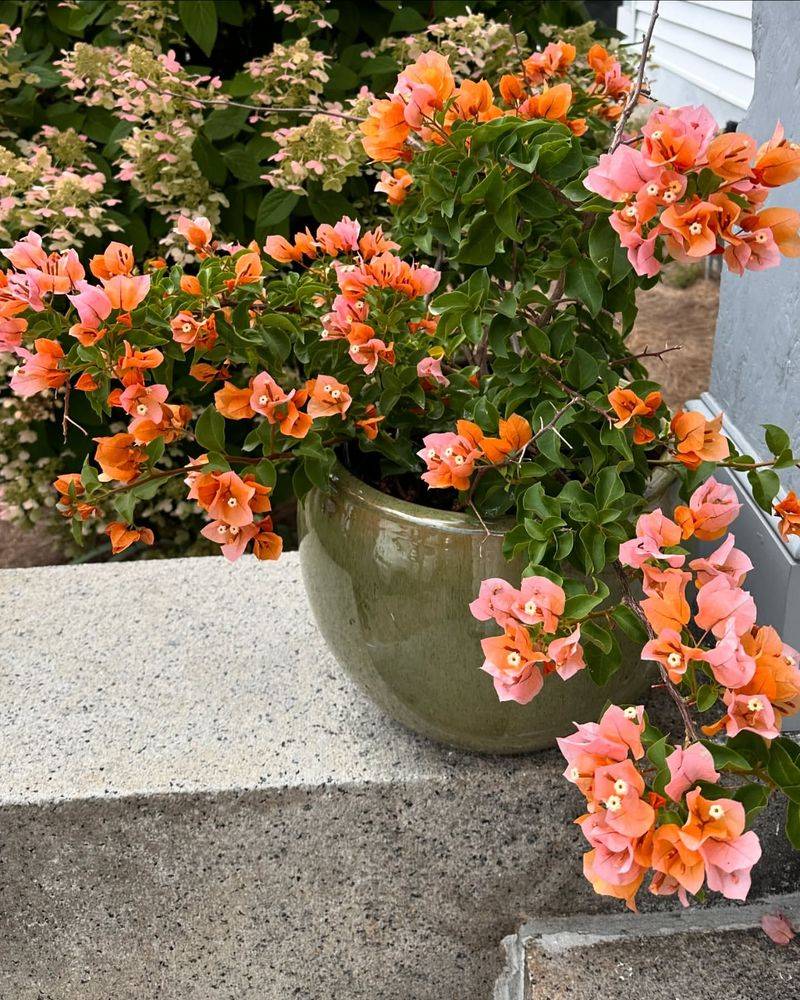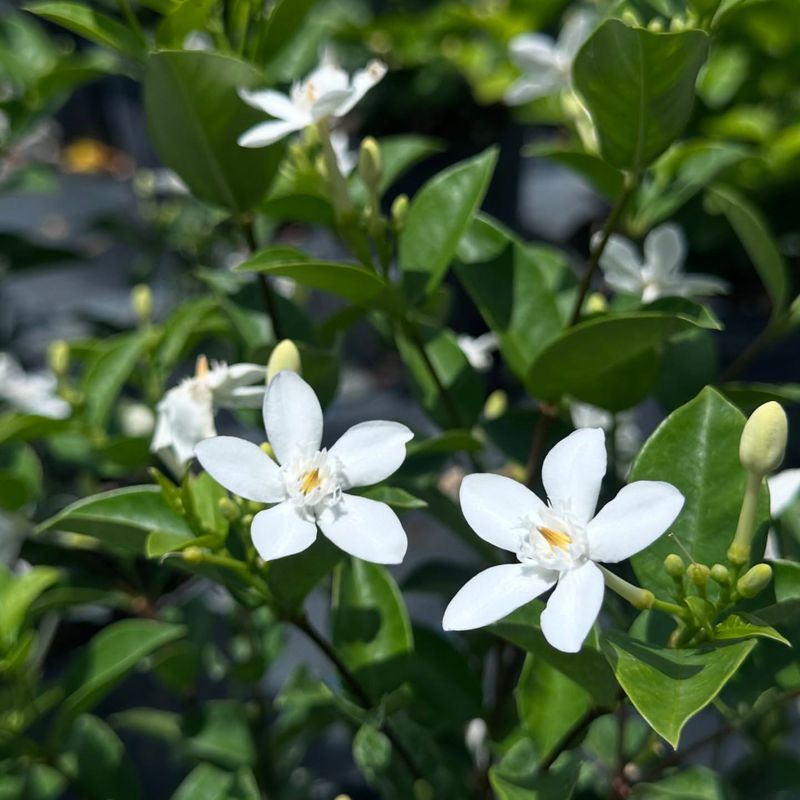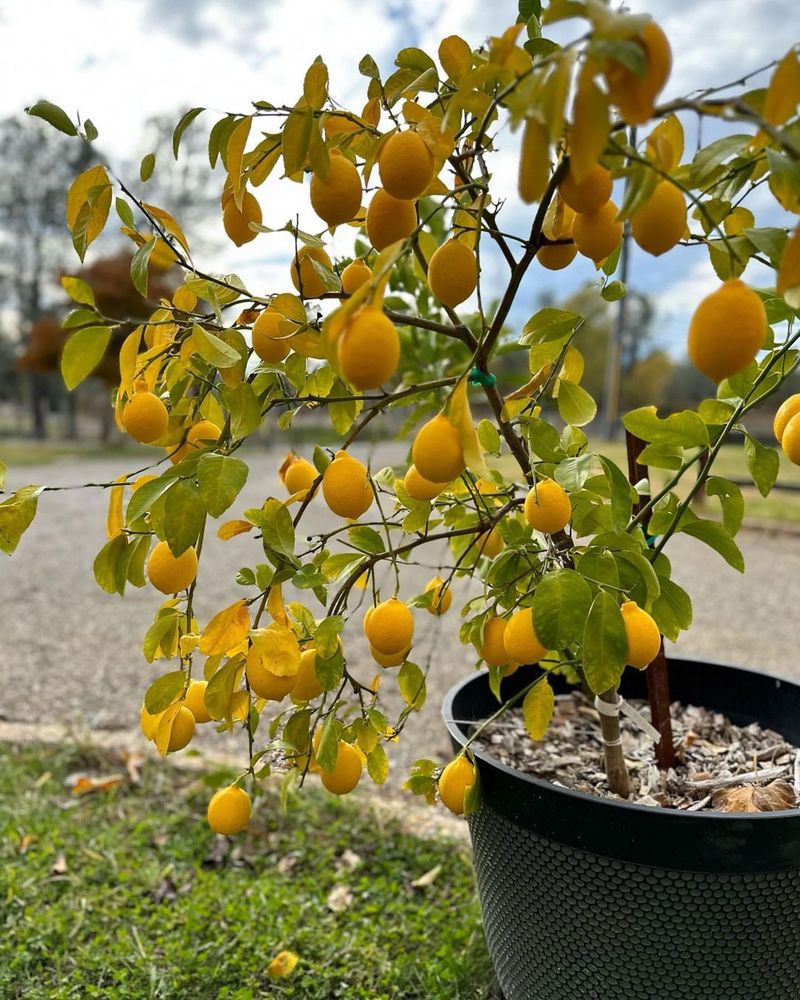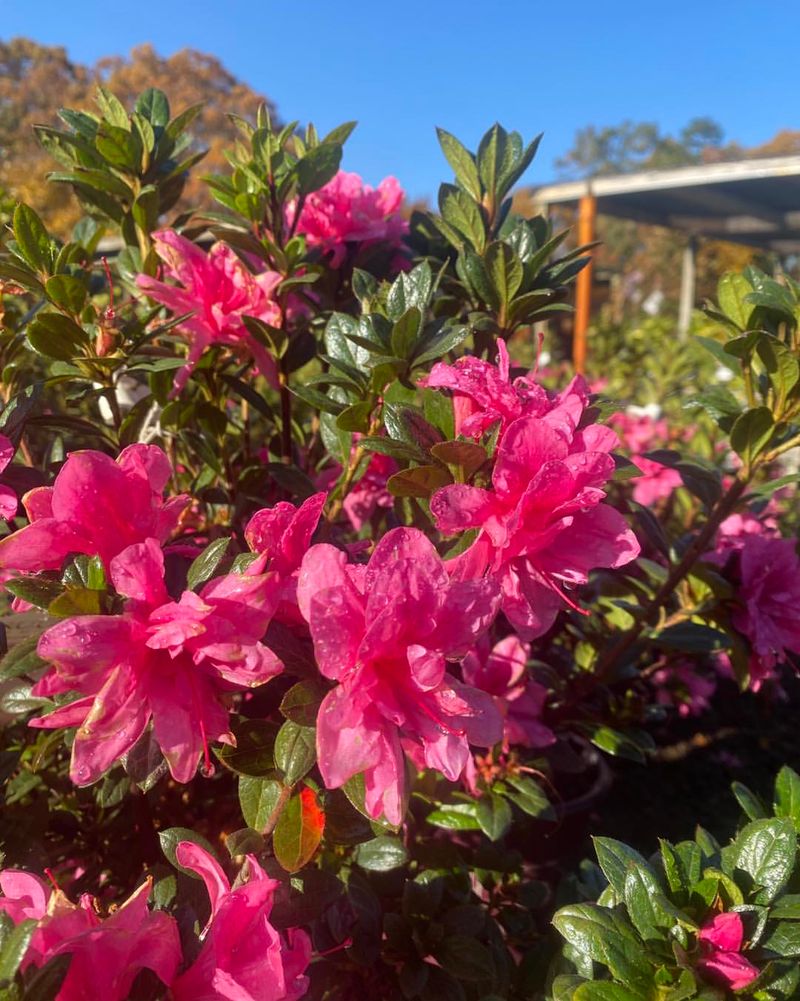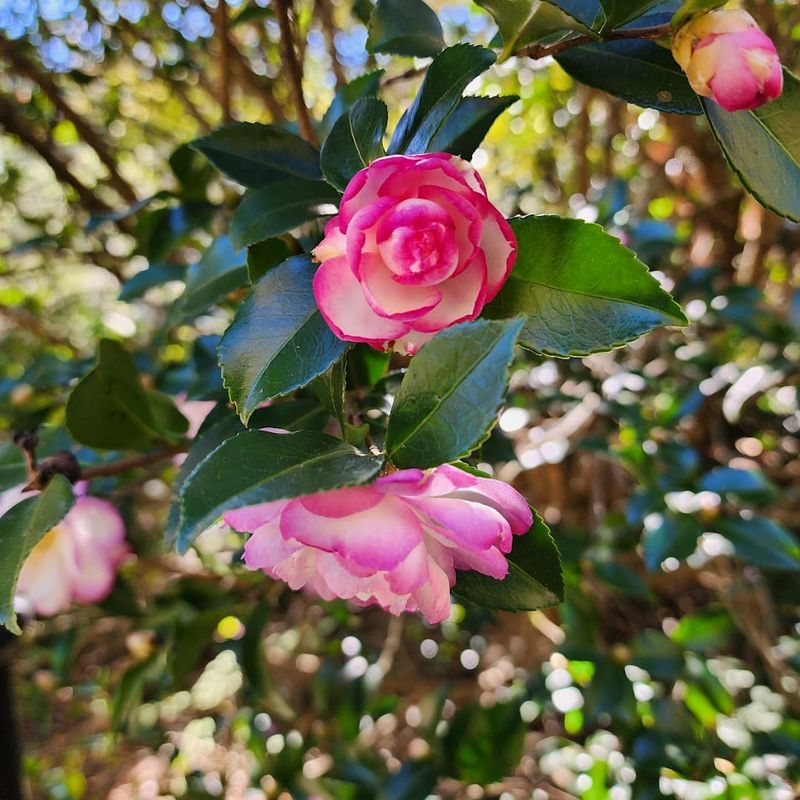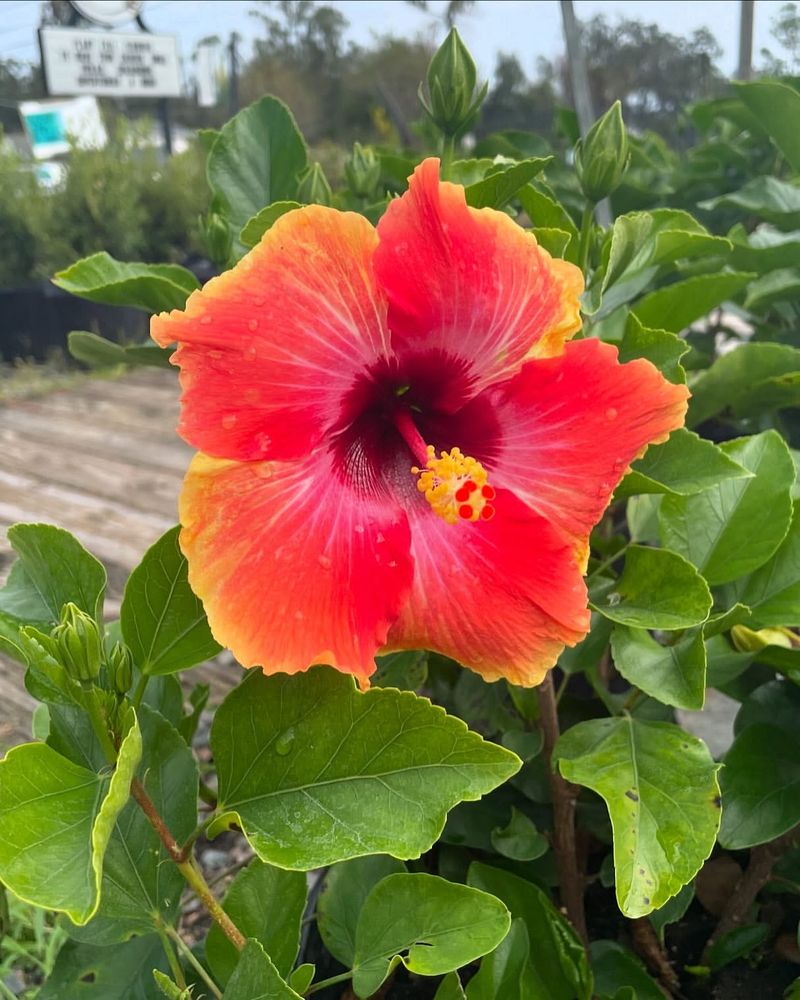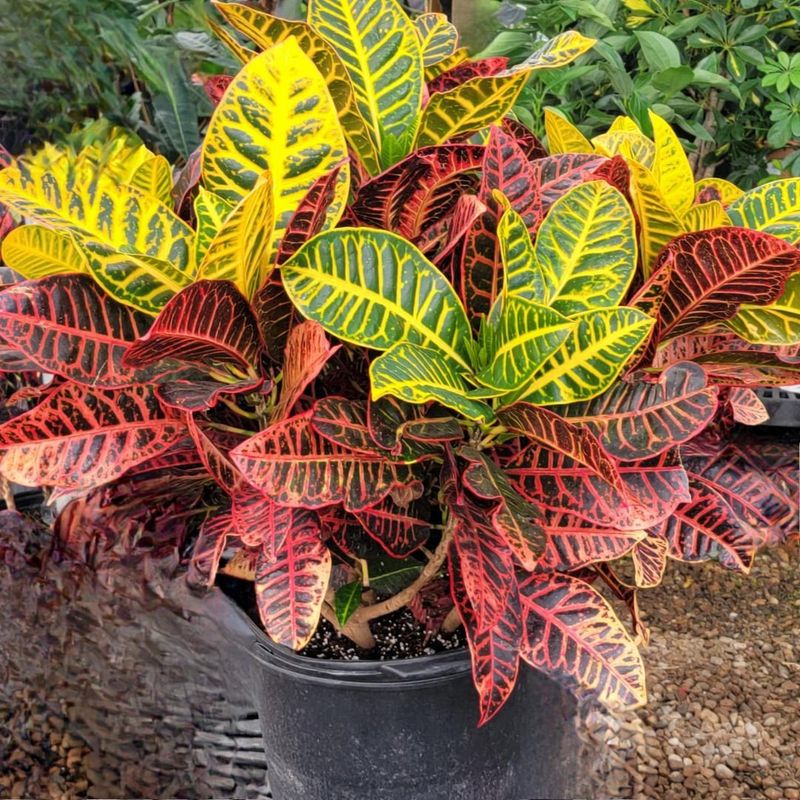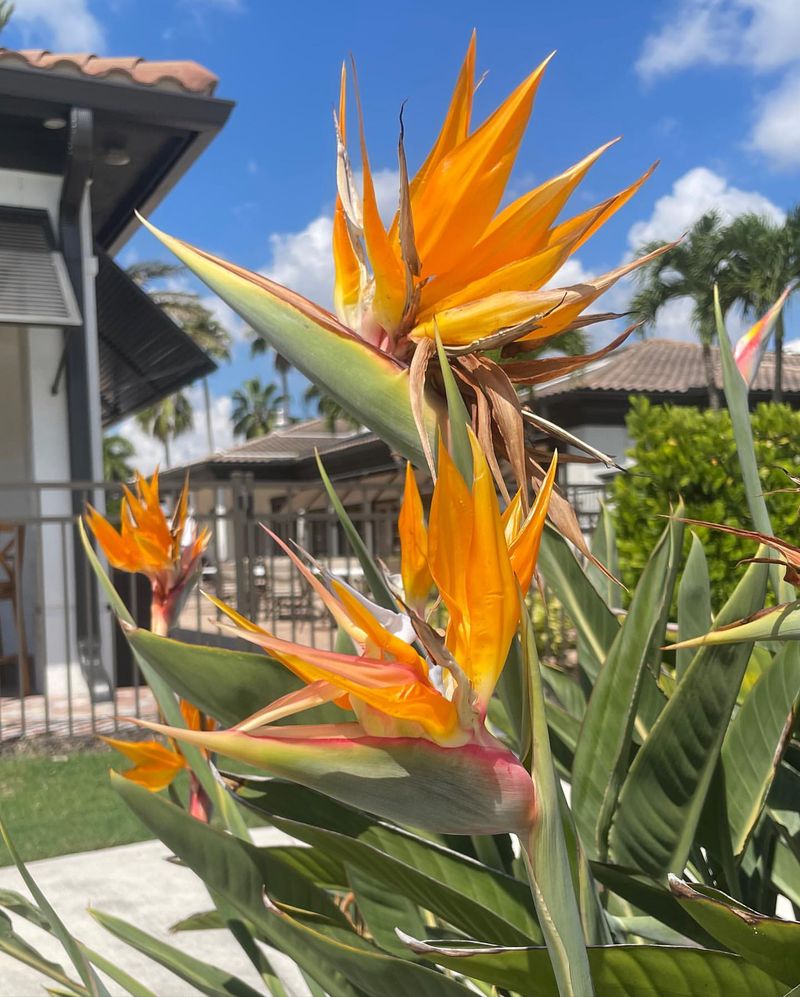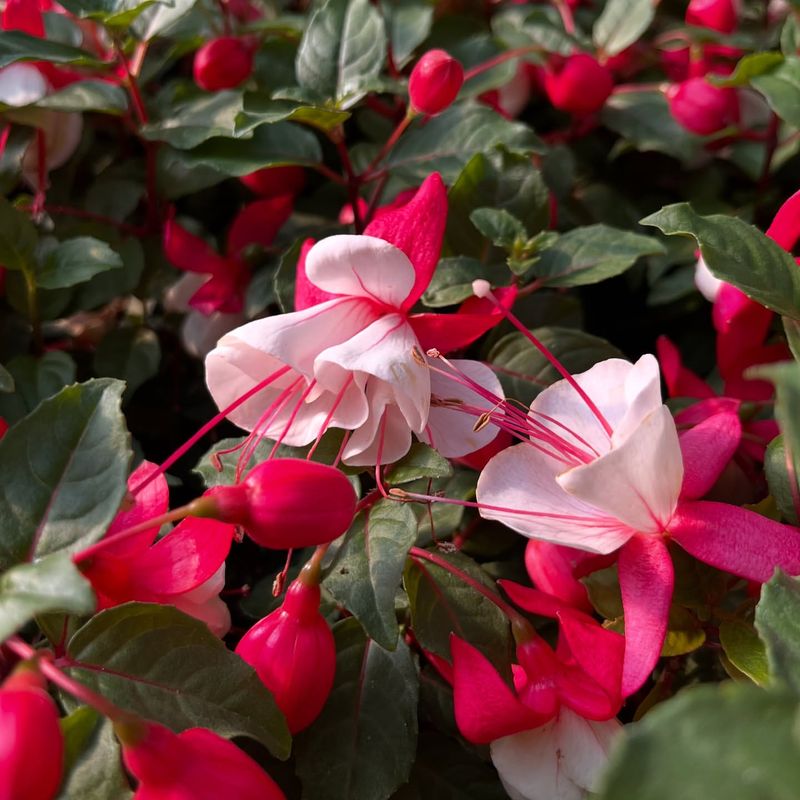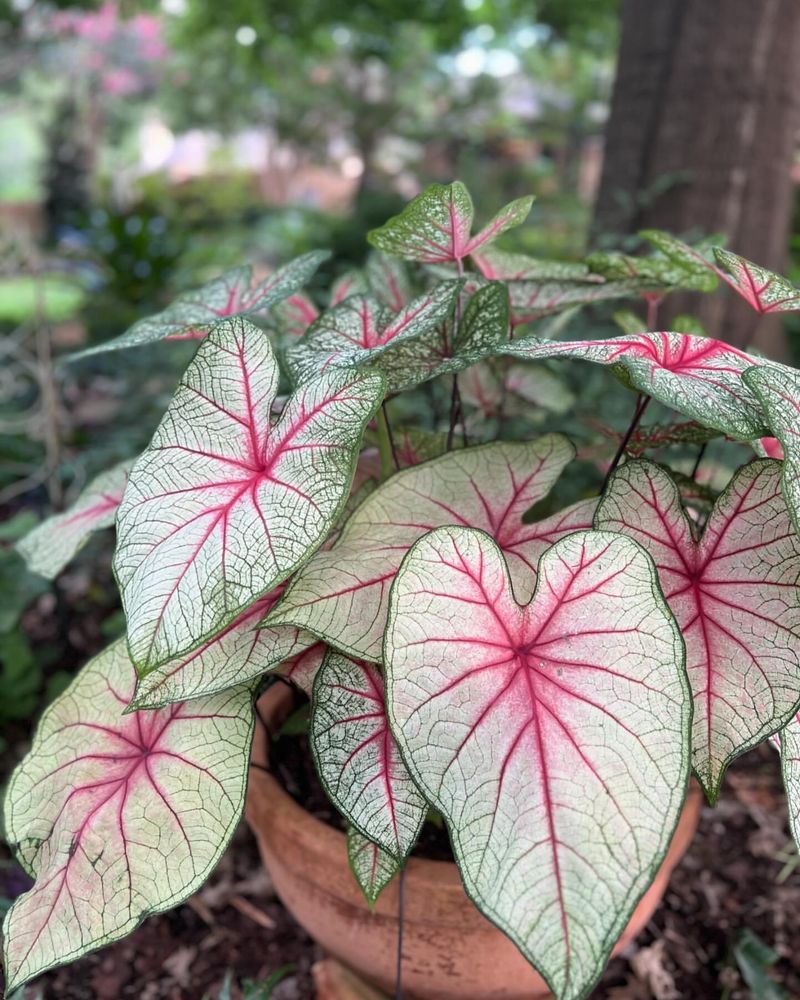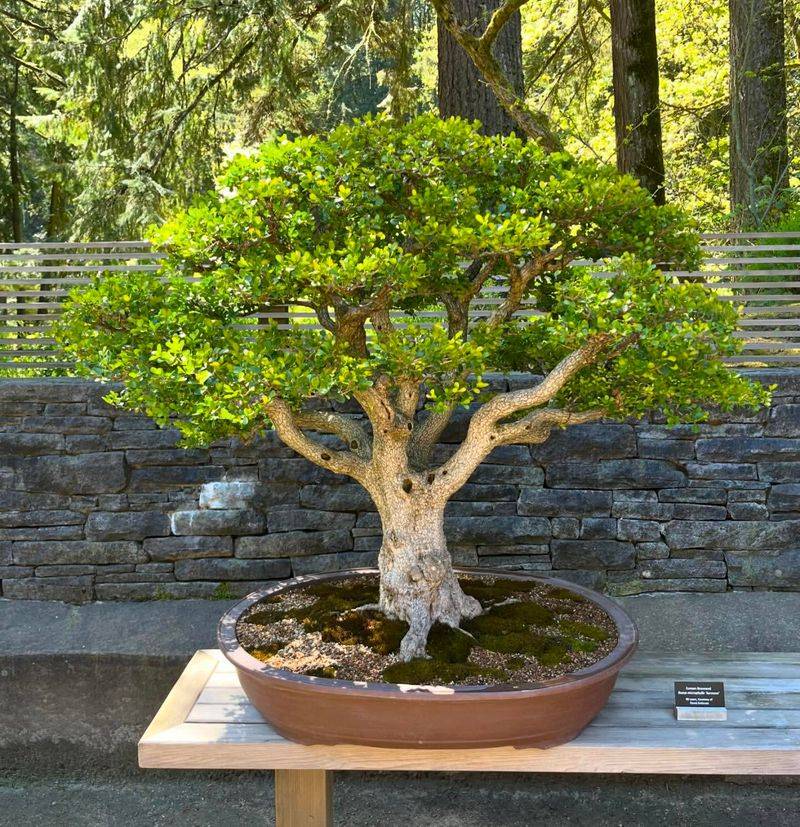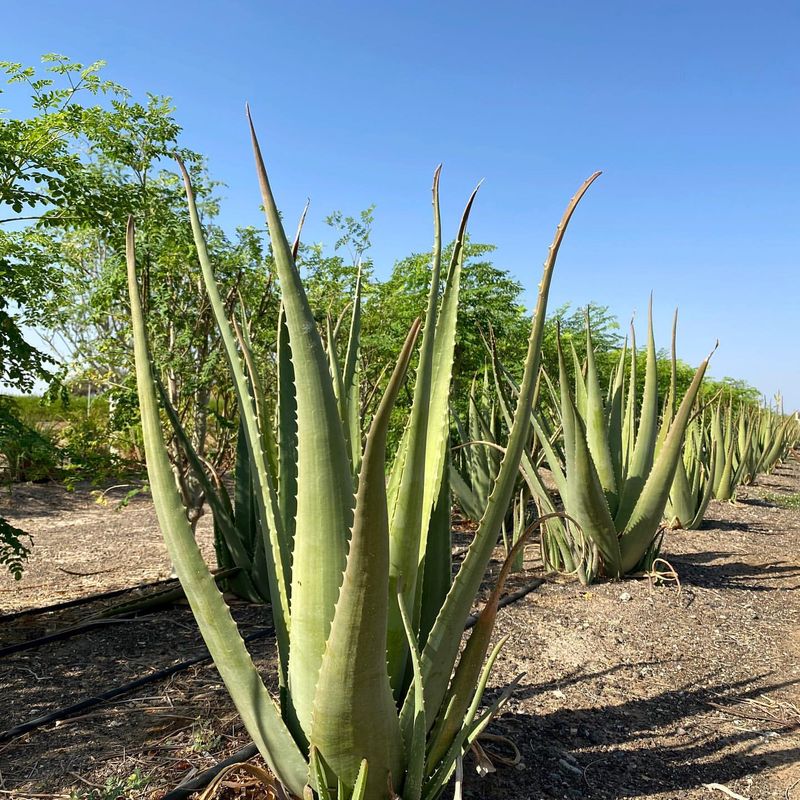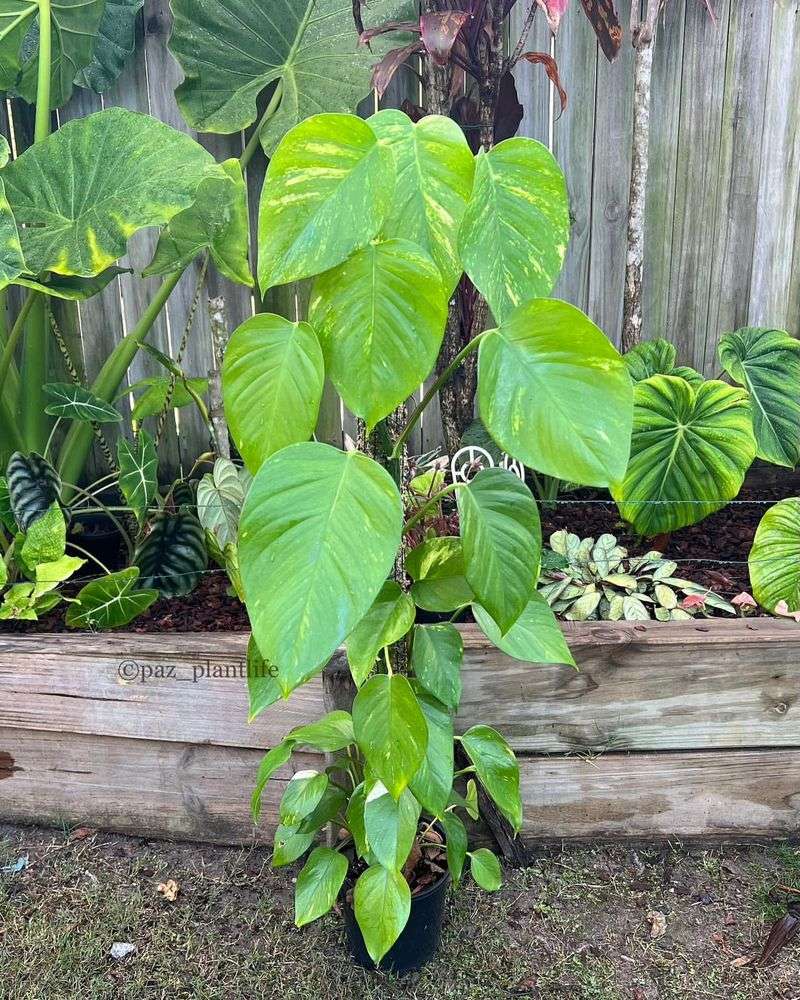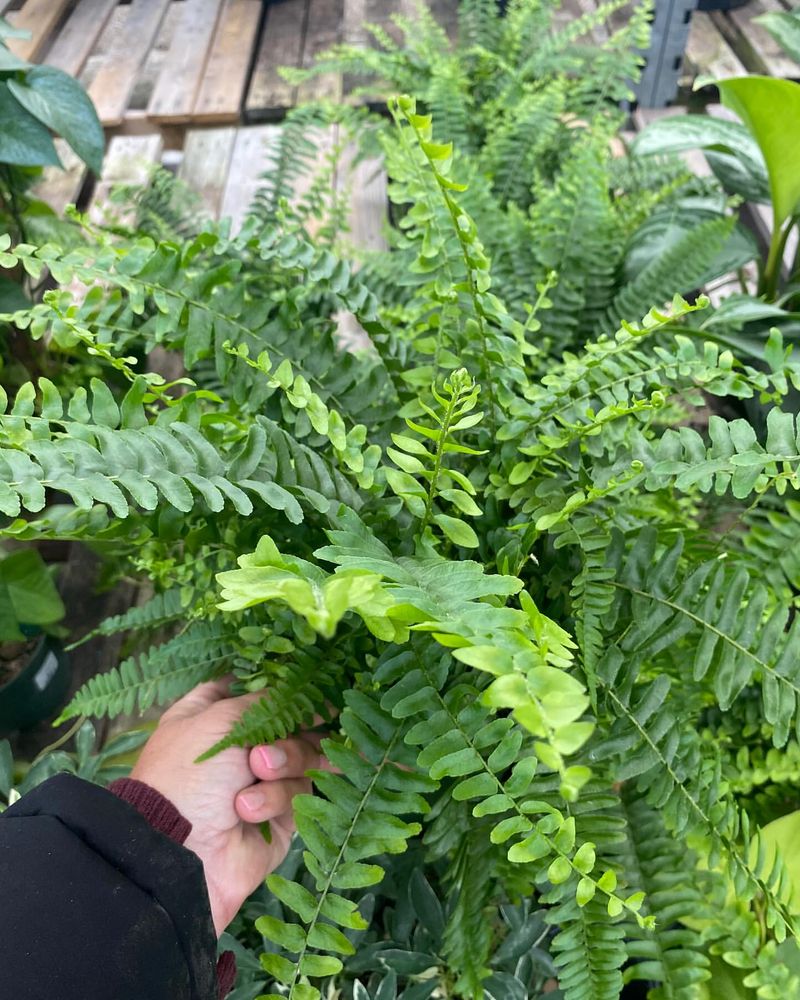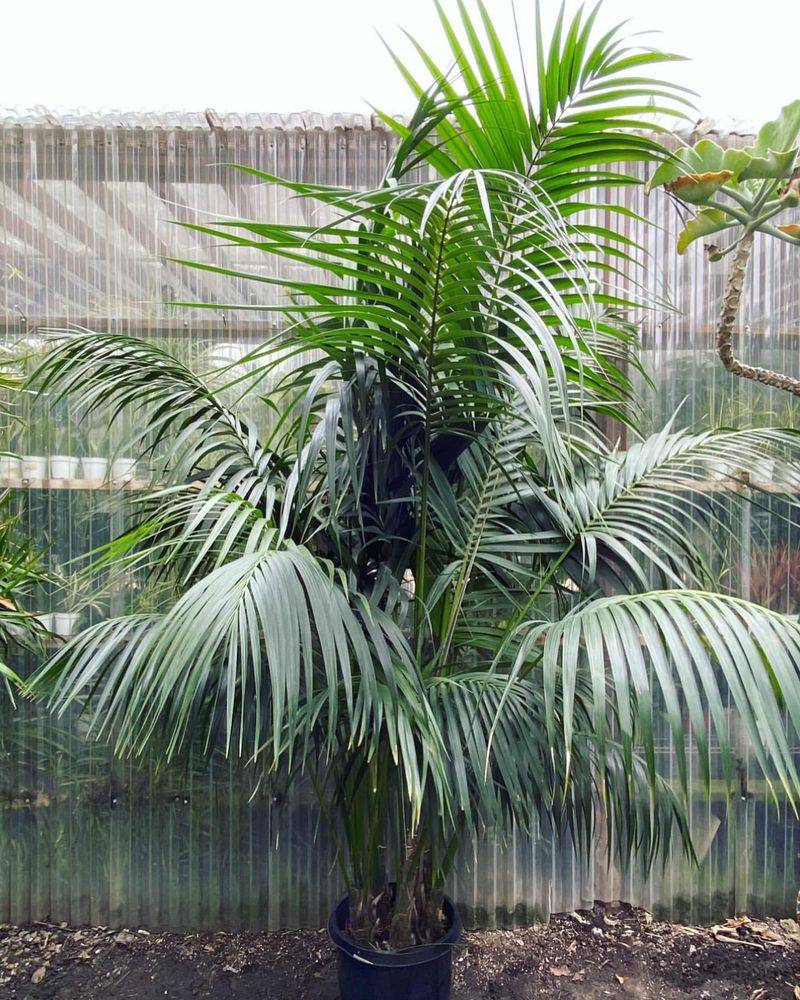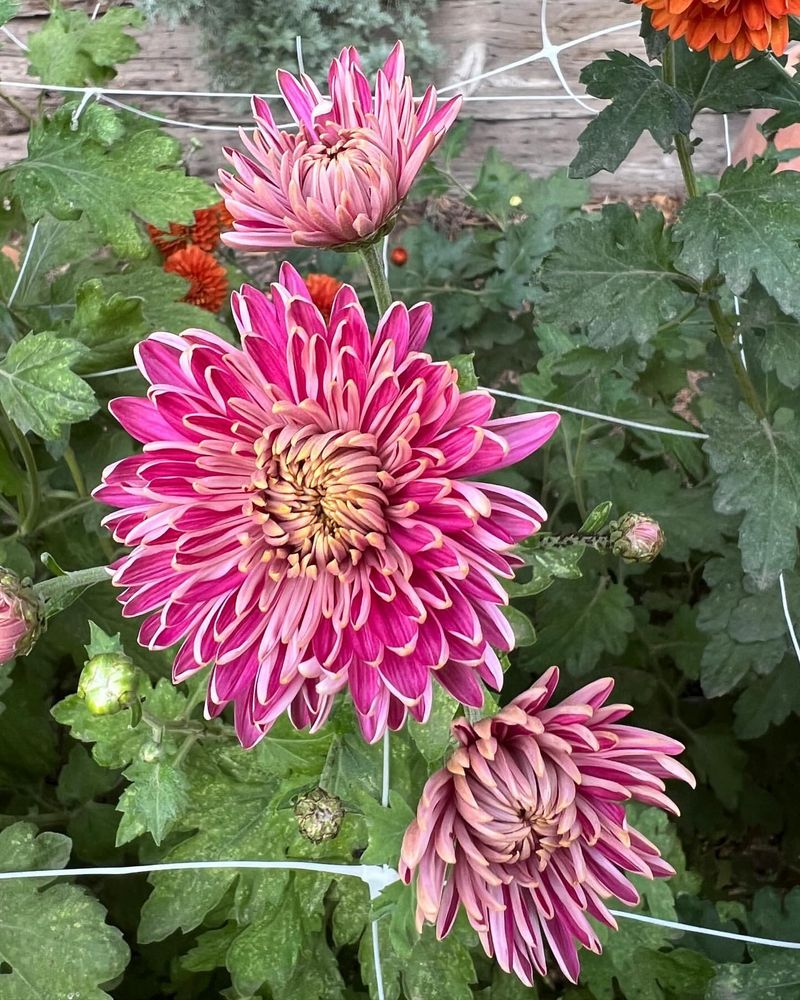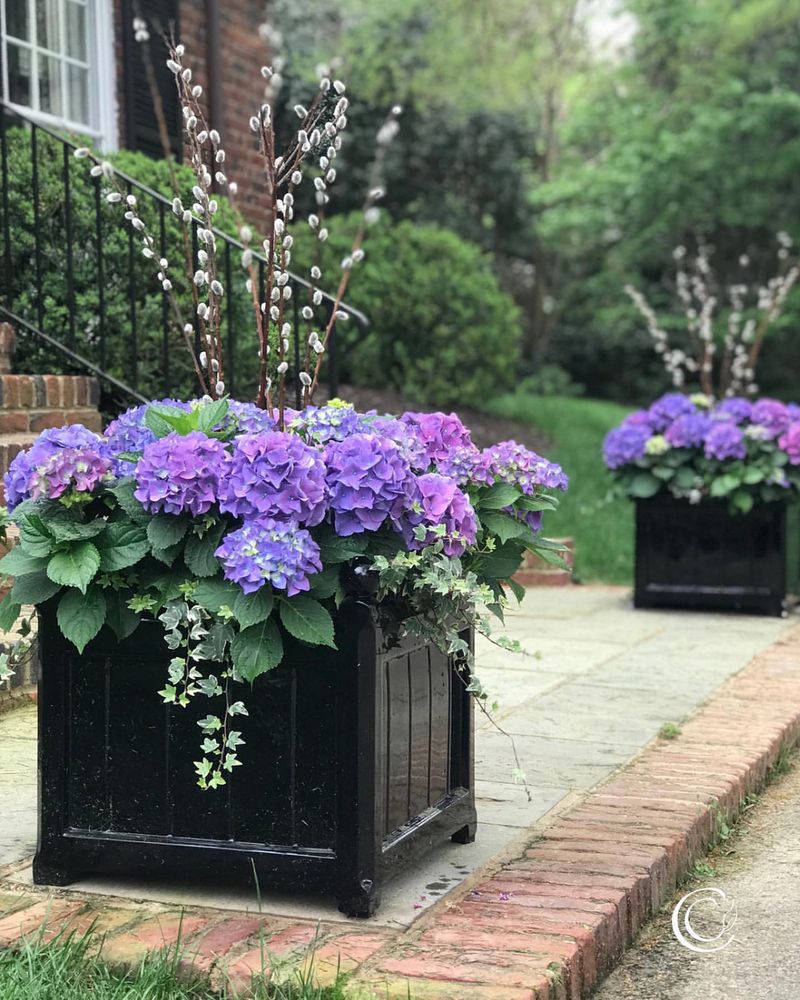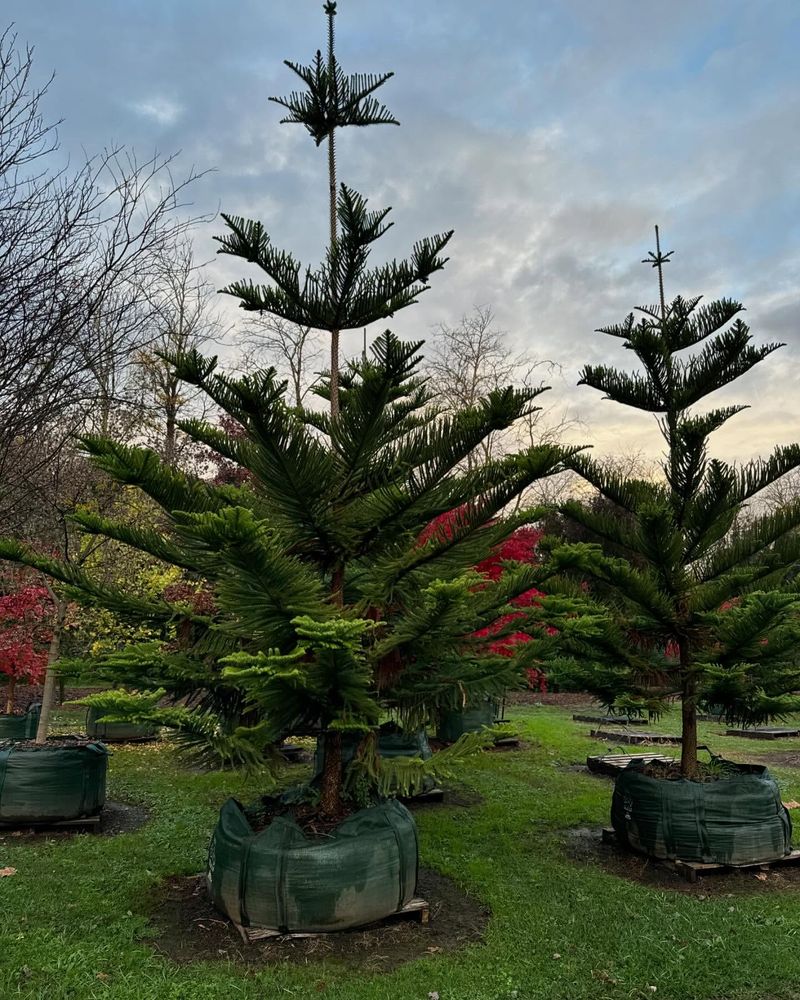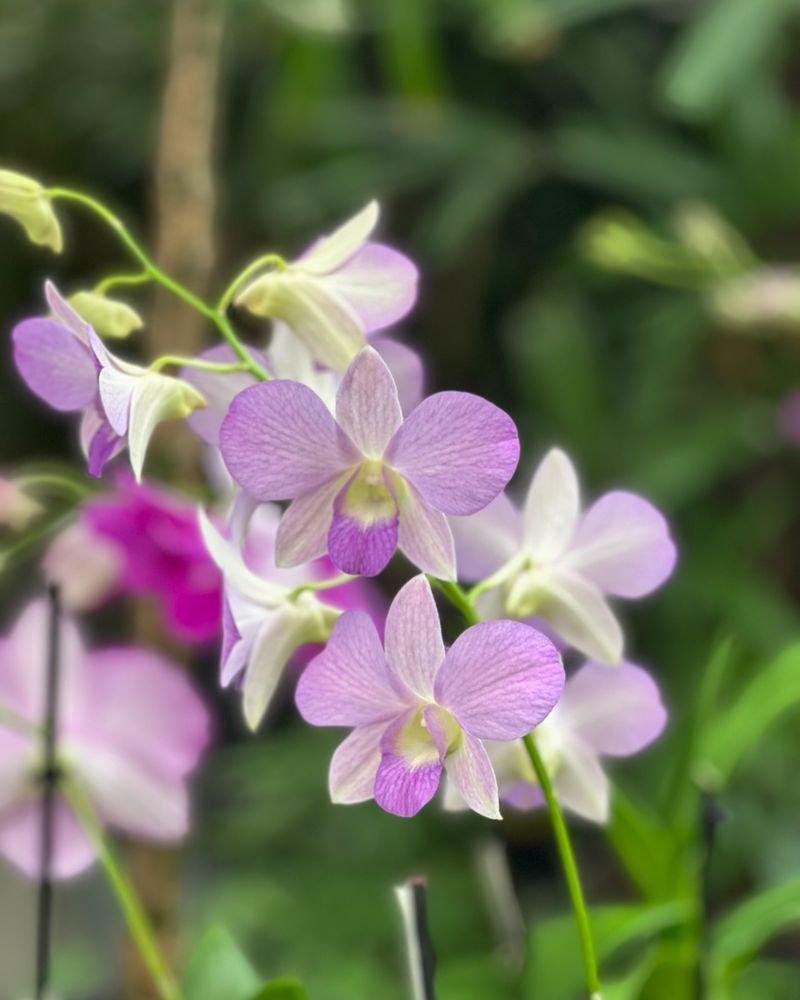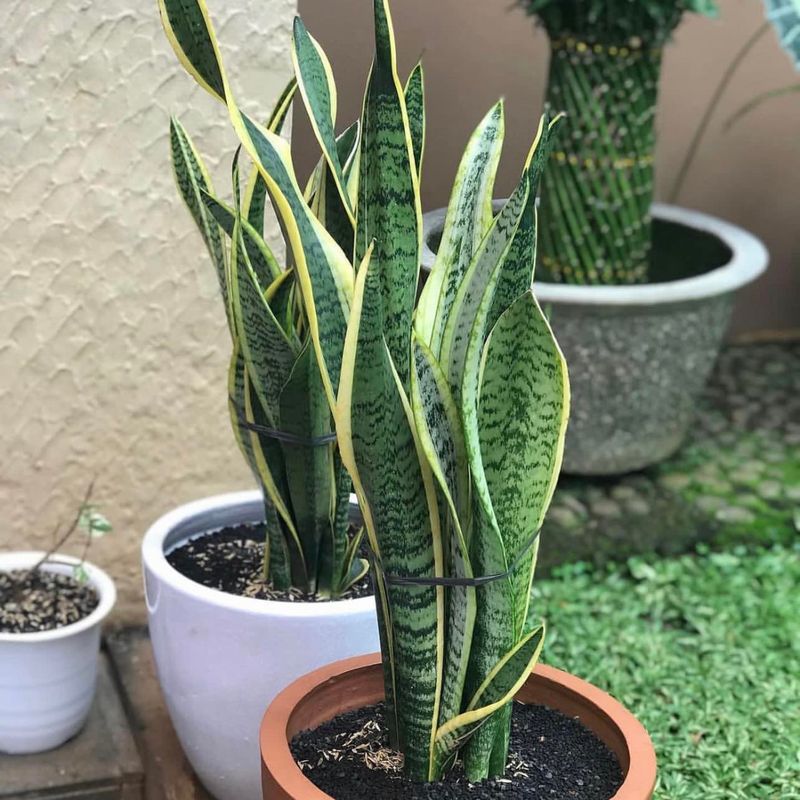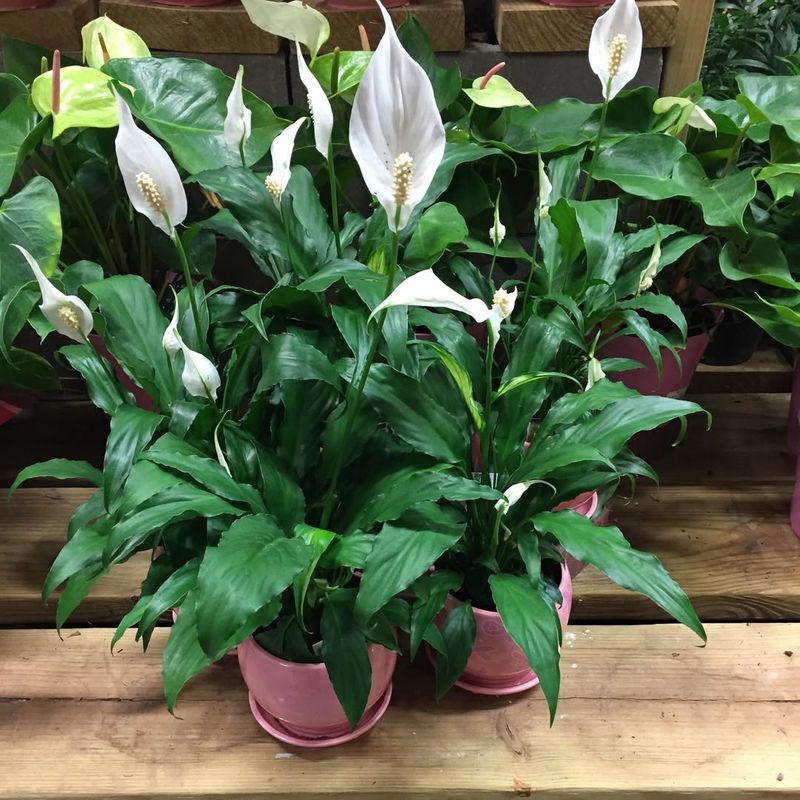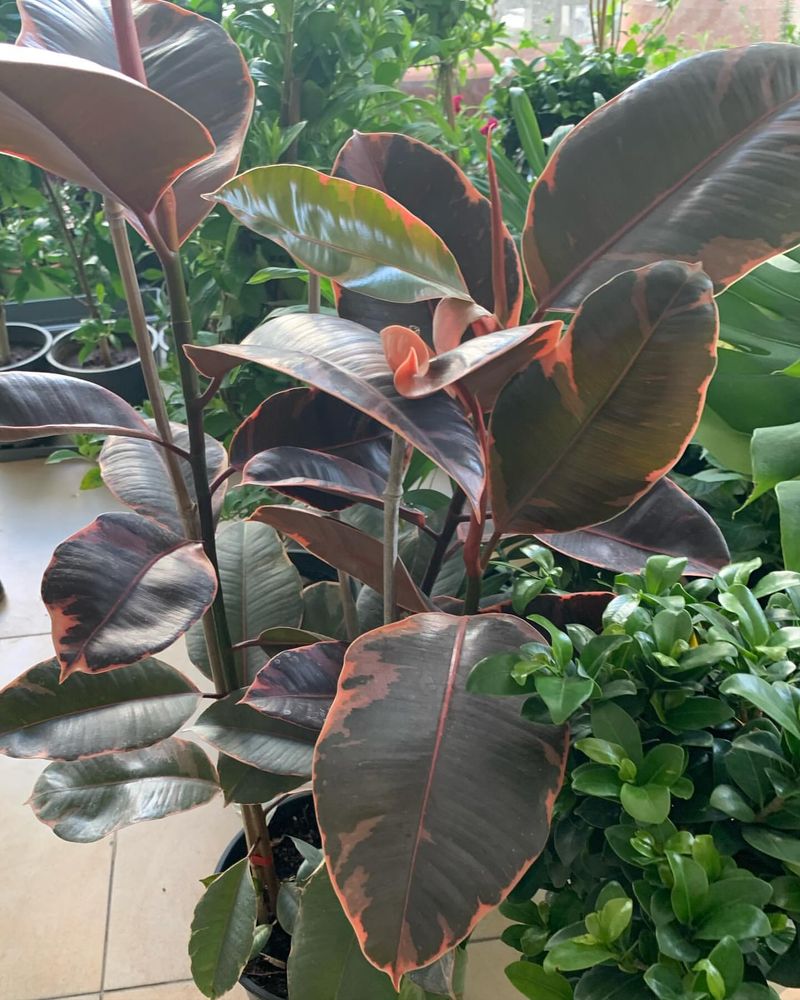As someone who’s always been fascinated by bringing a piece of nature indoors, I’ve come to realize that not all plants share this enthusiasm. Some plants simply don’t thrive in the cozy confines of our homes, and here’s a list that every plant lover should consider before relocating their green friends.
1. Fiddle Leaf Fig
You’d think a plant with such striking leaves would love the spotlight indoors. The Fiddle Leaf Fig, however, is quite the diva, needing a perfect balance of light and humidity to thrive.
This tree doesn’t just demand a spot by the window; it wants its soil to dry out a bit between waterings, and a consistent environment is key. Sudden changes in light or temperature can send it into a tailspin, making it an unhappy houseguest.
If your home has fluctuating conditions, this plant might prefer the great outdoors where it can bask in stable sunlight.
2. Gardenia
Ah, the sweet scent of gardenias is hard to resist! These beauties, with their waxy, fragrant flowers, are often coveted indoors for their perfume.
However, they are quite finicky about their surroundings. Gardenias demand high humidity, consistent temperatures, and lots of sunlight.
Indoors, they often struggle with dry air and lower light levels, leading to bud drop and yellow leaves. If you’re not ready to run a humidifier and find the perfect sunny spot, let gardenias luxuriate outdoors where they truly belong.
3. Lavender
Imagine the calming scent of lavender filling your home. It’s a nice thought, but these sun-loving plants often struggle indoors.
Lavender thrives in full sun and well-drained soil, which can be challenging to replicate inside. Without ample sunlight, it can become leggy and lose its vigor.
Additionally, overwatering is a common pitfall, as lavender prefers dry conditions. If you can’t provide a sun-drenched windowsill, this fragrant herb might be happier outside enjoying the natural elements.
4. Rosemary
The aroma of rosemary can transport you straight to a Mediterranean landscape. While it’s tempting to keep this herb indoors, it often pines for outdoor life.
Rosemary requires plenty of sunlight and well-drained soil—conditions that are hard to maintain inside. It also doesn’t appreciate the warmth of a heated house during winter.
If your rosemary starts looking scraggly and dull, consider moving it outside where it can bask in natural sunlight and enjoy the cool air.
5. Oleander
With their vibrant blooms, oleanders are visually striking. However, bringing them indoors can lead to a less-than-flourishing existence.
Oleanders require full sun exposure, and indoor lighting usually falls short of their needs. They also thrive in temperatures that are warmer than most homes provide.
Without enough sunlight and warmth, these plants can become leggy and weak. If you’re not in a region with ideal outdoor conditions year-round, oleanders might be best suited to stay outside during the growing season.
6. Bougainvillea
The vibrant, papery bracts of bougainvillea can brighten any space. Yet, indoors, these climbing plants often lose their sparkle.
Bougainvillea demands full sun and plenty of space to spread its branches. Indoors, it can struggle with limited light and space constraints, leading to fewer blooms and leggy growth.
If you’re unable to provide a sunny spot and room to roam, you might find it happier scaling a sunny outdoor trellis.
7. Jasmine
The allure of jasmine is in its intoxicating fragrance and delicate flowers. Indoors, though, you might find it less enchanting.
Jasmine loves the sun and needs it to produce its signature blooms. Indoor light levels often aren’t enough to keep this plant happy, resulting in fewer flowers and a less robust plant.
For a jasmine that’s full of life and fragrance, consider letting it bask in the natural sunlight of a garden or balcony.
8. Lemon Tree
Bringing a lemon tree indoors sounds like a great idea, especially when it promises fresh lemons. However, this citrus tree often pouts when confined inside.
Lemon trees need a lot of sunlight and consistent warmth, conditions that are tough to consistently mimic indoors. Without them, they may drop leaves and struggle to produce fruit.
If you can’t offer a bright, warm spot, it might be better to let your lemon tree soak up the sun outdoors.
9. Azalea
Azaleas, with their dazzling blooms, are a gardener’s delight. Indoors, though, they can lose their luster.
These shrubs favor cool, shady conditions and specific soil acidity levels. Inside, the warm, dry air can lead to wilting and leaf drop.
Without the right environment, azaleas struggle to maintain their vibrant appearance. Consider finding a shaded outdoor spot where they can shine in their natural habitat.
10. Camellia
Camellias are often celebrated for their stunning flowers and glossy leaves. Indoors, however, they can be quite finicky guests.
They require cool temperatures and high humidity, conditions rarely found inside a typical home. Without these, camellias may drop buds and lose their vigor.
If you’re unable to provide a cool, humid setting, you might find them more graceful and healthy in a shaded outdoor garden.
11. Hibiscus
The tropical flair of hibiscus, with its dazzling blooms, is hard to resist. Indoors, though, it often struggles to maintain this vibrant appeal.
Hibiscus needs plenty of sunlight and humidity, conditions that are hard to replicate indoors. Without them, the plant may produce fewer flowers and look less lively.
For a hibiscus that’s as vibrant as its flowers, consider letting it bask under the sun in a warm, tropical setting.
12. Croton
The bold, colorful foliage of croton makes it a popular choice for adding a splash of color. Indoors, though, it might not be as happy as it looks.
Croton requires bright, indirect light and consistent moisture levels. Fluctuations in either can lead to leaf drop and dull colors.
If your indoor environment isn’t just right, you might find croton more vibrant and content in its natural, outdoor habitat.
13. Bird of Paradise
The Bird of Paradise is a tropical plant that craves sunlight and space. Indoors, it often struggles due to limited light and humidity, leading to stunted growth.
In its natural habitat, the Bird of Paradise thrives with ample room to spread its leaves, something a cramped indoor space cannot provide.
For those determined to keep one indoors, investing in grow lights and humidifiers might help, but it’s a challenging endeavor.
14. Fuchsia
Fuchsias, with their delicate, drooping blooms, are a delight in any garden. Indoors, however, they can be quite a challenge.
These plants prefer cool temperatures and dappled light. Inside, the warm air and limited light can lead to leggy growth and fewer flowers.
For a fuchsia that continues to hang stunningly, consider letting it flourish in a shaded, outdoor garden where it can enjoy the cool breeze.
15. Caladium
The heart-shaped leaves of caladium bring a touch of the tropics to any space. Indoors, though, they might not be as vibrant.
Caladiums thrive in high humidity and indirect light, conditions that are hard to maintain indoors. Without them, the leaves can become dull and prone to browning.
If you can’t mimic a tropical setting inside, caladium might be better off enjoying the humidity and shade of an outdoor garden.
16. Bonsai
The art of bonsai is about creating miniature landscapes. Indoors, however, these tiny trees often face big challenges.
Bonsai require outdoor conditions, with natural light and seasonal changes that are hard to replicate indoors. Without these, they may struggle to thrive and maintain their form.
For a bonsai that truly embodies its artistry, consider placing it in a garden where it can experience the environment it was designed for.
17. Aloe Vera
Aloe vera, known for its soothing gel, seems like a perfect houseplant. Yet, indoors, it might not reach its full potential.
This succulent thrives in bright, indirect light and dry conditions, which are sometimes hard to achieve inside. Overwatering is a common mistake that can lead to root rot.
If you can’t provide a sunny spot and control moisture levels, aloe vera might be happiest soaking up the sun in an arid outdoor environment.
18. Pothos
Pothos, with its trailing vines, is a favorite for indoor hanging baskets. Indoors, though, they might not always thrive as expected.
Pothos prefers bright, indirect light and can suffer if kept in low-light corners, leading to yellowing leaves and stunted growth.
For a pothos that cascades beautifully, consider placing it in a well-lit outdoor area where it can receive the light it craves.
19. Boston Fern
The graceful fronds of Boston ferns add elegance to any room. Indoors, however, they can be quite demanding.
Boston ferns require high humidity and indirect light, and indoor conditions often fall short, leading to browning fronds and sparse growth.
If you can’t maintain a humid environment, you might find them flourishing outdoors where they can enjoy natural moisture and dappled light.
20. Kentia Palm
Kentia palms bring a touch of the tropics indoors with their elegant fronds. Indoors, though, they might not feel at home.
These palms prefer bright, indirect light and consistent moisture, conditions that can be challenging to maintain inside.
If your environment doesn’t provide the right balance of light and humidity, Kentia palms might thrive better in a tropical outdoor garden.
21. Chrysanthemum
Chrysanthemums are synonymous with fall colors but indoors, they might not shine as brightly.
These plants require lots of sunlight and cooler temperatures to produce their vibrant blooms, conditions that are hard to replicate inside.
If you’re unable to provide a cool, sunny environment, chrysanthemums might burst with color more readily in an outdoor garden setting.
22. Hydrangea
The large blooms of hydrangeas are a garden standout. Indoors, though, they can become a bit lackluster.
Hydrangeas need consistent moisture, cool temperatures, and indirect light, conditions that are tricky to manage inside a home.
For hydrangeas that maintain their show-stopping appearance, consider keeping them outdoors in a well-watered, shaded garden area.
23. Norfolk Island Pine
The Norfolk Island Pine is often mistaken for a houseplant, but it truly flourishes outside. Indoors, it suffers from low humidity and inadequate light, resulting in needle drop.
While it may look charming as a decorative piece during the holidays, this plant’s long-term health depends on outdoor conditions.
Providing it with a well-lit, humid environment is vital if indoors, yet it will always prefer the open air.
24. Orchid
Orchids, with their exotic flowers, are a popular choice but indoors, they can be demanding.
These plants require high humidity and specific lighting conditions, often hard to achieve in a typical home setting.
If you struggle to provide the right environment, orchids might display their intricate blooms more readily in a naturally humid, well-lit outdoor space.
25. Snake Plant
Snake plants, known for their tough nature, seem like ideal indoor plants but outdoors, they can truly thrive.
While they tolerate low light, snake plants prefer bright, indirect sunlight and well-drained soil. Indoors, improper lighting and overwatering can hinder their growth.
Consider moving them to a bright outdoor spot where they can enjoy ample light and breathability.
26. Peace Lily
The peace lily, with its striking white flowers, is often seen gracing interiors. Indoors, though, it may not always flourish as well.
These plants thrive in high humidity and need indirect light, which can be tricky to maintain inside. Dry air can lead to browning tips and fewer blooms.
If humidity is a challenge, peace lilies might blossom more beautifully in a shaded, moist outdoor area.
27. Rubber Plant
With its glossy leaves, the rubber plant is a striking indoor presence but may prefer the outdoors.
Rubber plants need bright, indirect light and controlled moisture levels, and indoor conditions can sometimes fall short.
If you can’t provide the perfect indoor environment, a rubber plant might grow more robust and vibrant in a sunlit outdoor garden.

